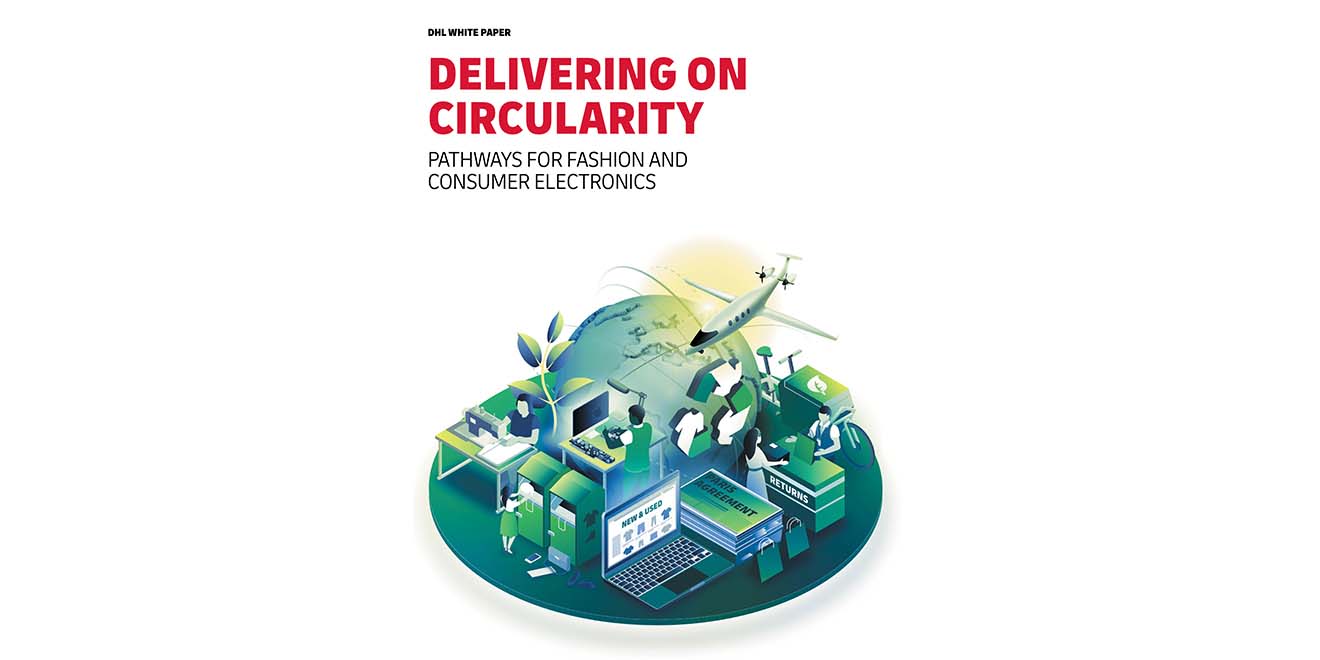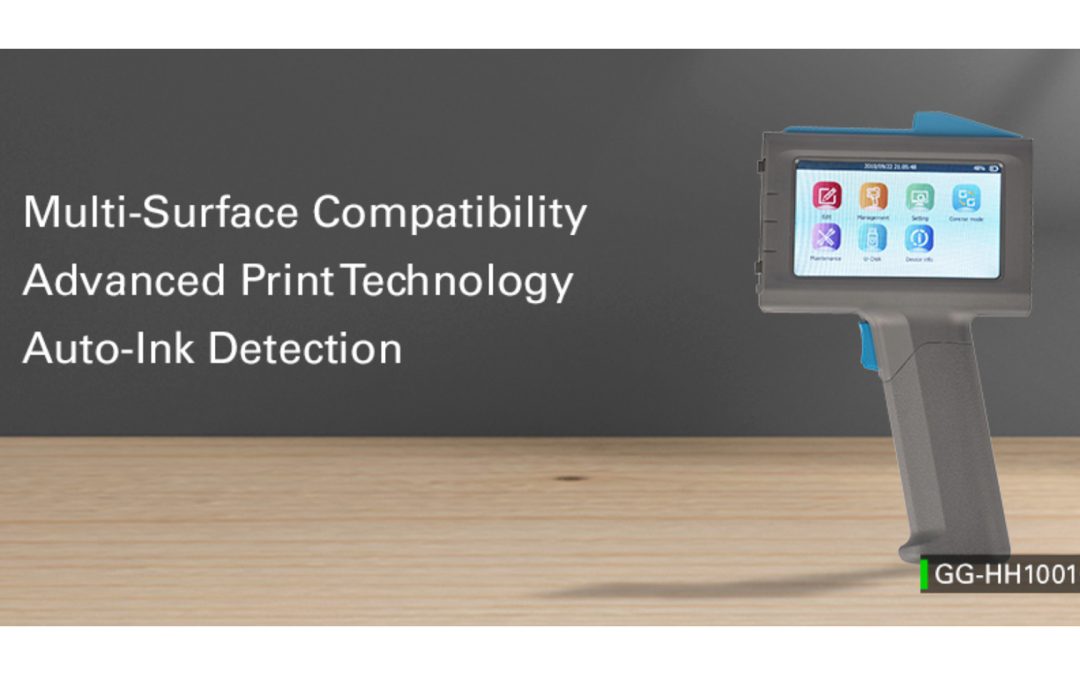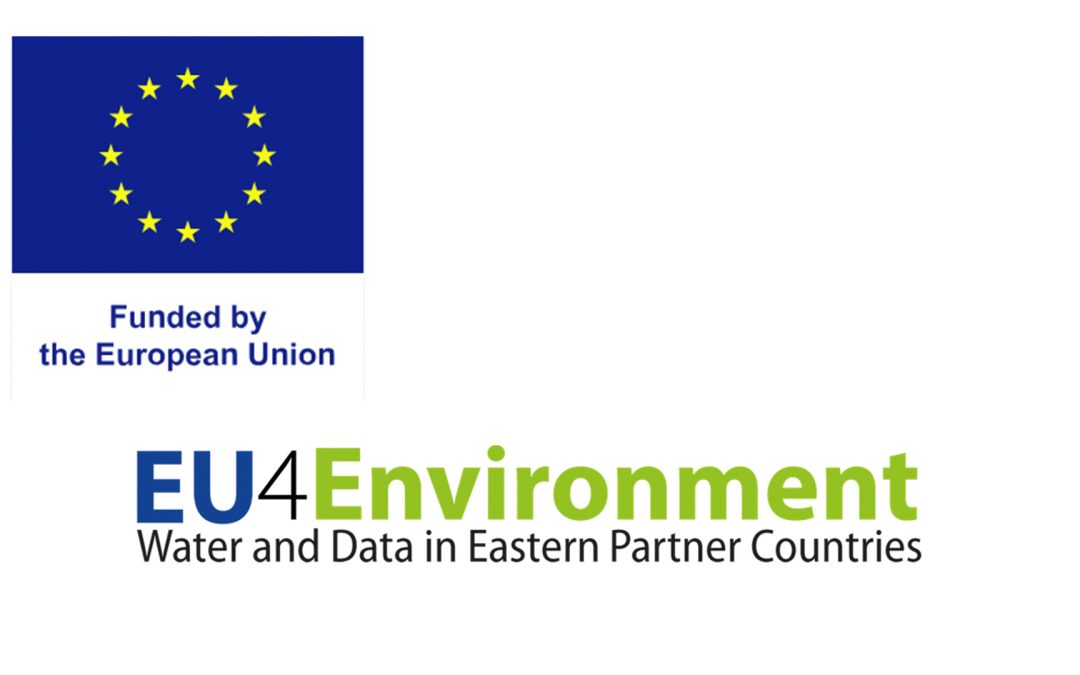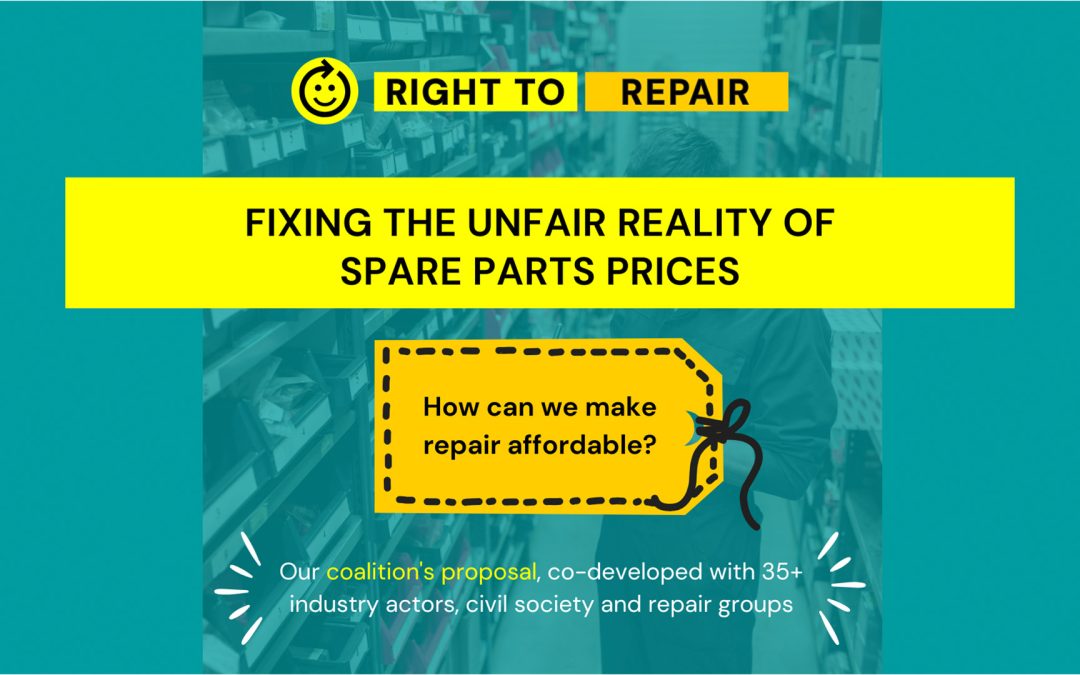DHL white paper on the circular economy says sustainable logistics urgently needed in electronics and fashion sectors.
If 2050 is the global net zero carbon deadline is to become a reality then supply chain transformation is an absolute must and most urgently needed in the electronics and fashion sectors, a DHL report concludes.
The white paper “Delivering on Circularity” looks at how a global focus on the 5 Rs of Reducing, Repairing, Reselling, Refurbishing, and Recycling are key in ensuring that global production and consumption are in line with sustainability targets.
Focusing the circularity model will allow manufacturers to increase the life cycle of a product, reduce waste and optimise water consumption, while simultaneously optimising supply chains to build a sustainable business model.
The report is an examination of how logistics can enable consumer goods industries to tackle the climate crisis and other environmental challenges by helping to close the supply chain loop.
Frank Appel, CEO, Deutsche Post DHL Group commented: “The journey toward circularity is one that many industries must take, but the opportunity in consumer goods – particularly fashion and consumer electronics – merits a closer look. The presence of these industries in our lives is nearly universal, the measures that the industries’ stakeholders can take are clear and manageable, and the potential positive impact is huge.
Circularity holds the promise of saving the environment while driving innovation and growth. Novel circular business models not only diversify product and service portfolios; expected positive customer engagement also serves as a clear brand booster. In other words, while circularity makes products more sustainable, solutions that also deliver business benefits make circularity sustainable.”
 The report identifies four key levers that together brands can achieve a larger share of the circularity market:
The report identifies four key levers that together brands can achieve a larger share of the circularity market:
Brand uptake – The share of brands that offer circularity-focused products or business models (for example, 10 leading shoe manufacturers collectively representing 30% of the market start using new, innovative leather alternatives)
Assortment share – The share of a brand’s total portfolio that is circularity-focused (for example, a sneaker manufacturer introducing 3 new, fully recyclable shoes next to its existing product portfolio of 10 non-recyclable shoes)
Consumer participation – The share of consumers who have adopted circular behaviours (for example, every second consumer is aware and convinced of adopting circular behaviours and choices)
Level of action – The share of a participating consumers’ product- related behaviours that are circular (for example, a convinced consumer might recycle used clothing, but still throw electronics into the household trash).
Our take on this: The white paper talks fashion and consumer electronics, not a single word about cartridges. But it is an excellent read and highlights how logistics will help deliver circularity. If 2050 is to be a net zero reality, change needs to start now, not in 2049!























